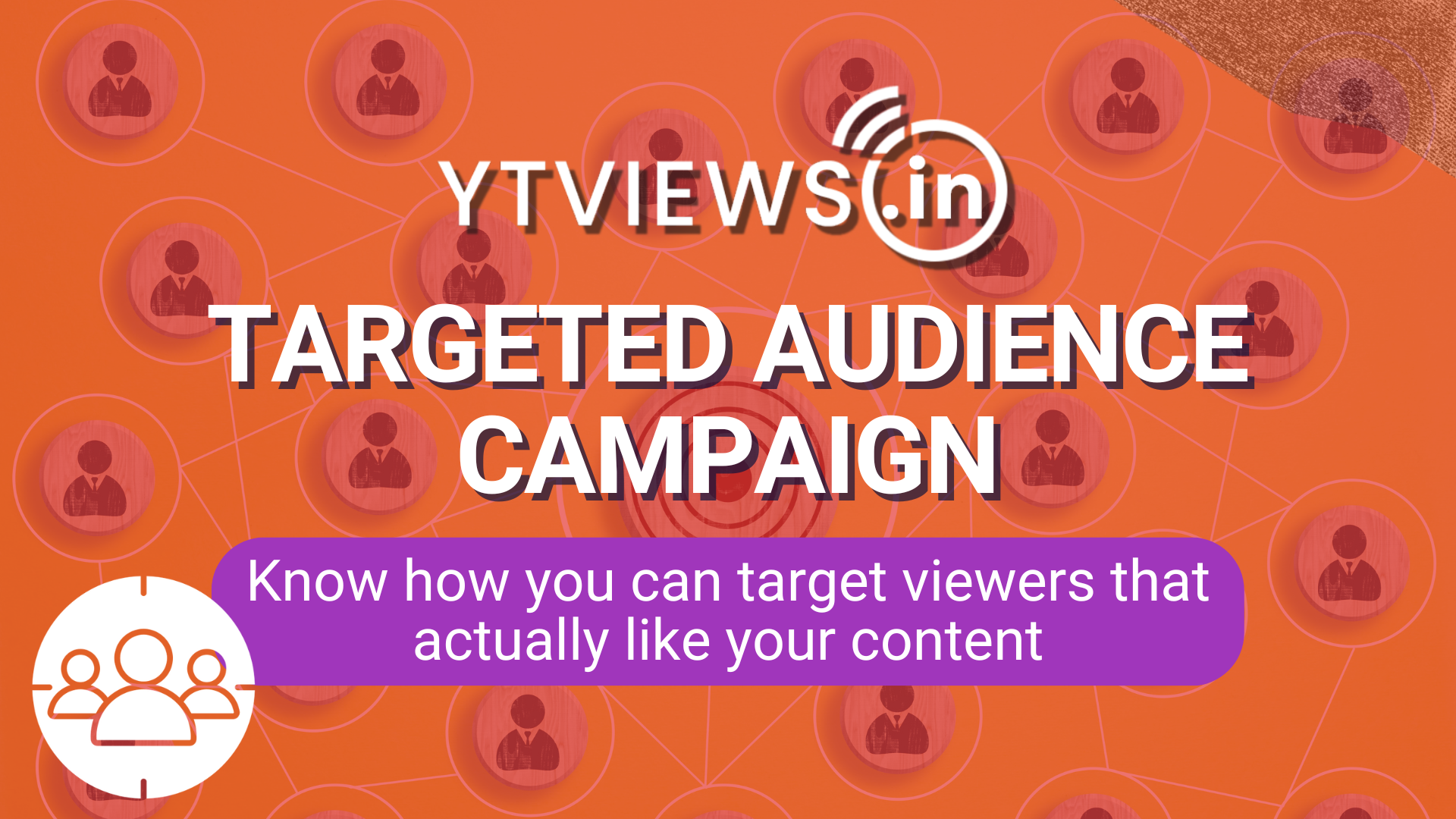How to use YouTube metrics to grow your channel rapidly
Building a successful YouTube channel not just depends on creating great content but understanding your audience plays an equally important role in it. And what better place to gather actionable insights than your YouTube Analytics. When you dive into YouTube metrics, you’ll quickly uncover an incredible wealth of information, from audience demographics to traffic sources, right down to the keywords people use to find your videos. Why is monitoring your analytics so important you say? We will tell you how:
1. They let you know about top-performing videos in terms of views, watch time and audience and engagement.
2. You can focus on the content that is relevant to your target audience and also understand what is bringing in new viewers.
3. Gives you an idea about what’s working for you and what isn’t such as thumbnails, titles, video length and hashtags, thus helps you refine your content strategy over time.

Let us now quickly get into how you should be using YouTube metrics to grow your channel.
YouTube Channel Analytics
You should be using them to chart your overall channel performance, identify average trends, and get a snapshot of what works best. This includes the data about your increase in subscribers, number of views your videos received over a certain period of time, top performing videos based on views, channel views and channel watch time. These are some of the most important things that you should keep a check on.
YouTube Reach Metrics
This will give you an understanding of how people are discovering your videos, on and off YouTube, and will let adjust your strategy accordingly. This comprises of impressions (the number of times thumbnails for your videos were shown to YouTube viewers), impressions CTR (the percentage of people who clicked on a thumbnail on YouTube to view your videos), traffic sources and the top search terms that led people to your videos from YouTube search.
YouTube Engagement Metrics
This covers your average view duration, top playlists and card & end screen reports. You should not miss out on them because they help you understand if viewers get what they expected once they clicked and how viewers interact with the content that you put up. Keep in mind that low average view duration may indicate a mismatch between what you promise and what you deliver to your audience. Check which videos in your playlists have the highest average view duration, and put those at the top. Look for patterns in what works best for you in terms of timing, duration, etc. and then modify your strategy to maximize clicks.
![]()
YouTube Audience Metrics
This mainly involves the number of estimated people who watched your videos over a period of time, number of people who have previously watched a video on your channel and have returned for more, days and times most of your viewers are on YouTube, watch time from subscribers and your audience demographics. These insights will assist your content and community management strategies.
YouTube Revenue Metrics
If you clear the criteria of monetization then this will inform you about estimated revenue, estimated ad revenue, transaction revenue and estimated monetized playbacks.
YouTube Video Analytics
This lets you track metrics for specific videos, so you can drill down to see what’s really working. This contains your video views, video subscribers, watch time and average view duration. You can turn to advanced mode learn how individual video stats compare to your overall channel performance.
You can already see how YouTube offers such great tools to give you a detailed roadmap to guide your strategy. We hope you will make good use of it.











































